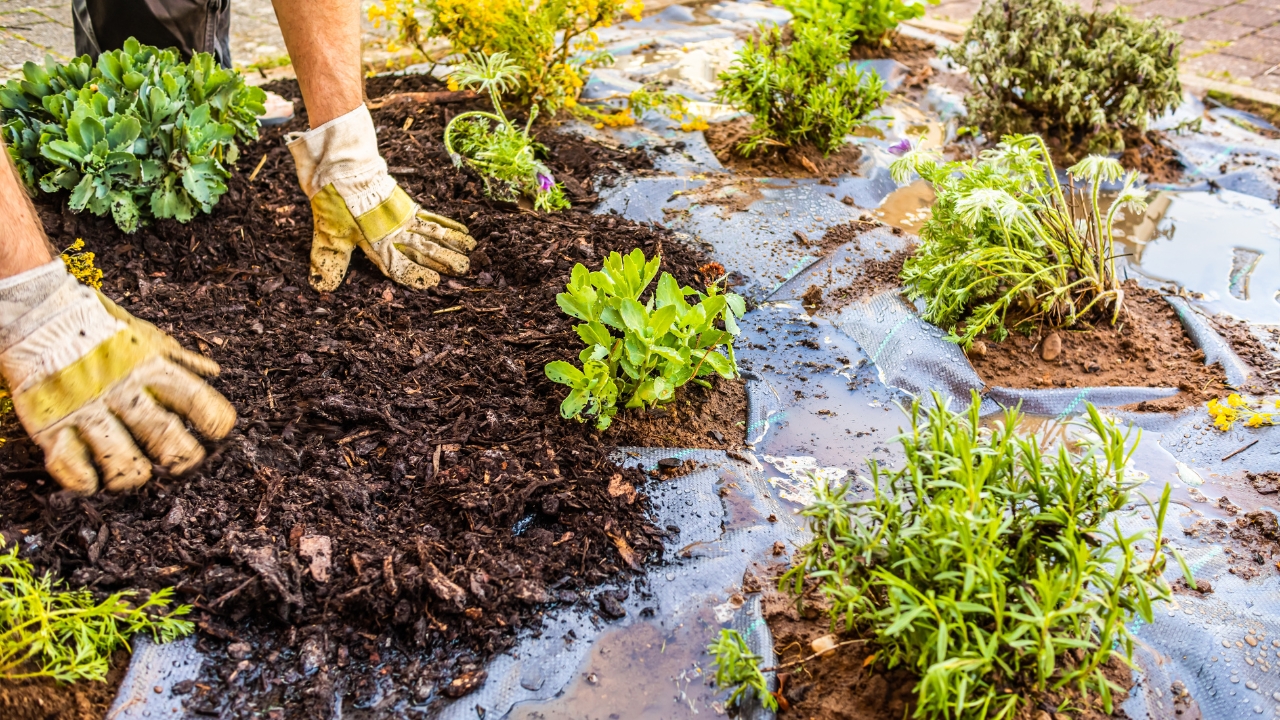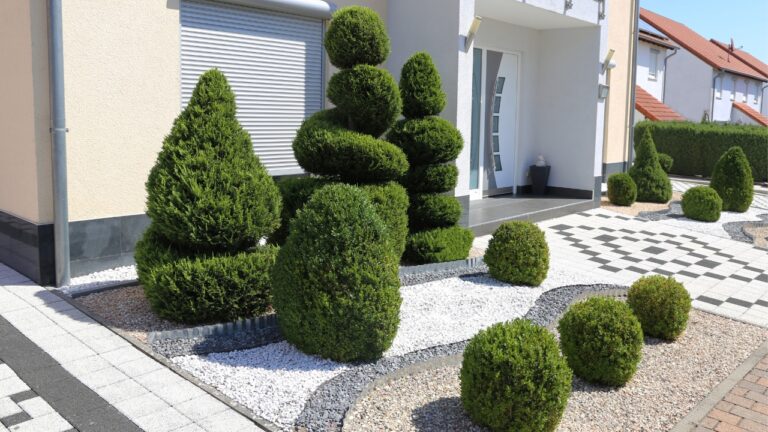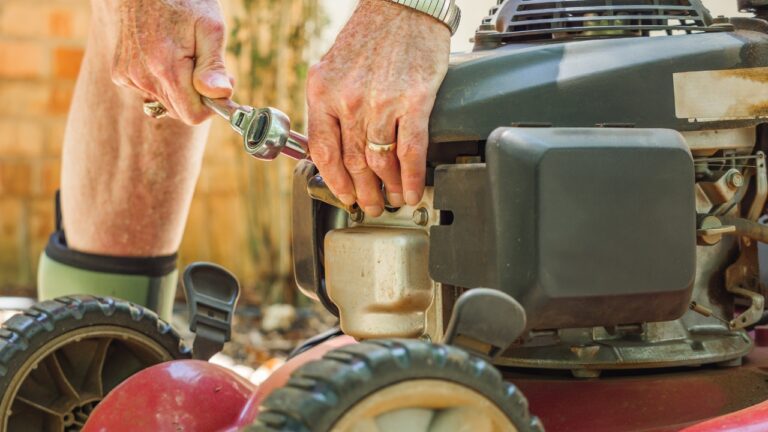10 Weed Control Hacks That Actually Work
If you’ve spent any time growing food or keeping a yard looking decent, you know weeds don’t take days off. And if you don’t stay ahead of them, they’ll take over fast.
We’ve tried just about everything—from old-school pulling to every “quick fix” under the sun. Some work, most don’t. But these 10 tricks have saved us time, energy, and a whole lot of frustration.
Use Mulch—and Use Enough of It
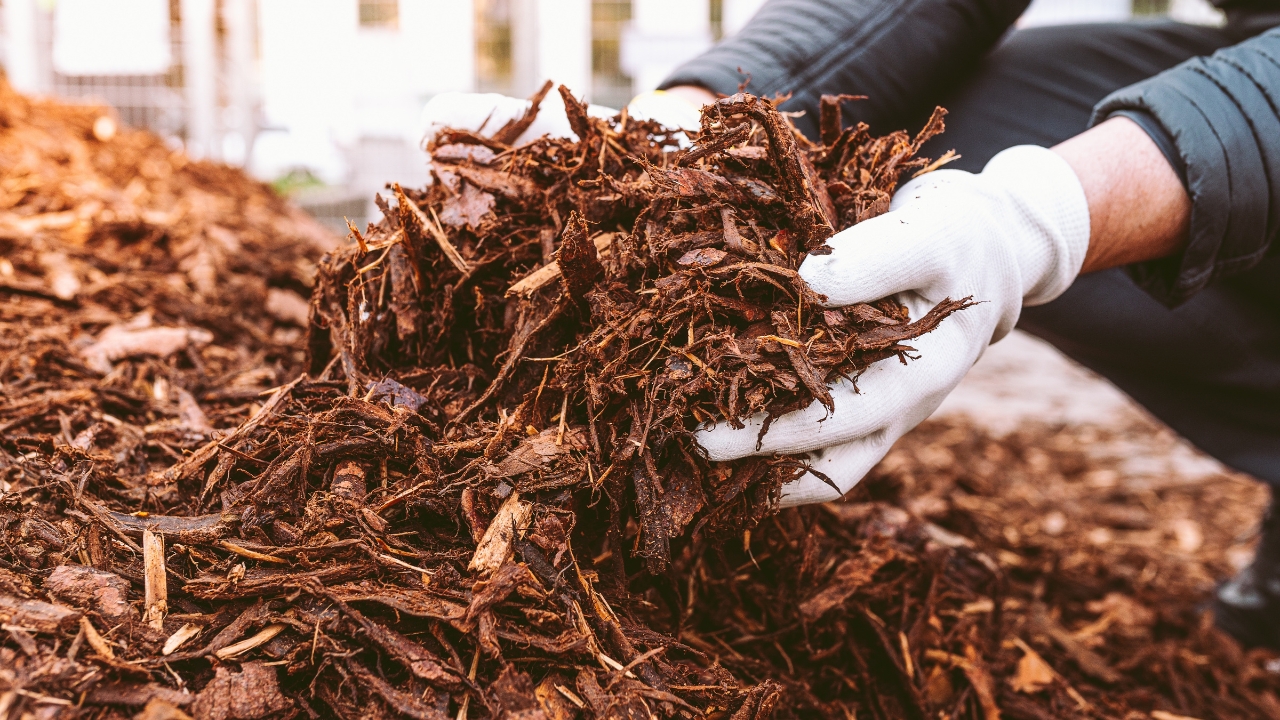
A thin sprinkle of mulch won’t do much. You need a good 2–3 inches to block sunlight and keep weed seeds from sprouting. We use hardwood mulch, straw, or even leaves, depending on the bed.
It not only keeps weeds down but also holds moisture and improves soil over time. Just be sure you’re not piling it up around the stems of your plants—that can cause rot and pest issues.
Try Boiling Water on Driveway Cracks

For weeds growing in sidewalks, patios, or gravel paths, boiling water does the trick. It kills the weed right down to the root without chemicals. Cheap and effective.
We keep an old kettle just for this. Pour carefully, and don’t use it near anything you want to keep alive. It’s a great way to clean up those stubborn cracks without reaching for herbicide.
Smother Beds with Cardboard or Newspaper

Laying down cardboard or several layers of newspaper before planting—or under mulch—stops weeds cold. It blocks light and breaks down over time, feeding the soil.
We’ve used this trick in new garden beds, around trees, and even in the chicken run. It’s especially helpful when reclaiming weedy areas. Just wet it down well before covering, so it stays in place.
Pull Early and Often
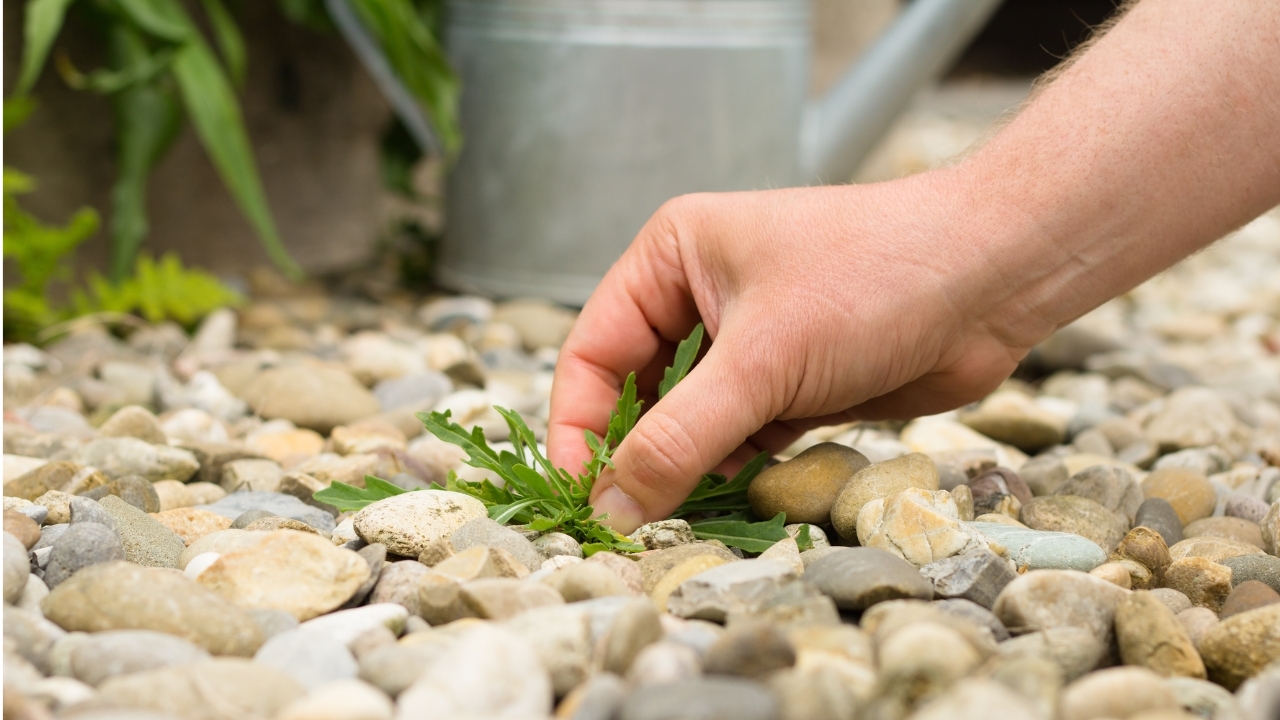
It sounds basic, but the best time to pull a weed is before it takes root. Young weeds are way easier to yank out, and they haven’t had time to seed or spread.
We do a weekly walk-through and pop out anything small with a stirrup hoe or hori hori knife. You’ll stay ahead of the mess instead of constantly playing catch-up.
Plant Densely

When your garden bed is packed with healthy plants, there’s less room for weeds to sneak in. We space things close enough to create shade once they’re grown.
This works great with crops like beans, squash, or greens. Just leave enough room for airflow to prevent disease. The more sunlight your plants soak up, the less reaches the weed seeds below.
Use Vinegar for Spot Treatment

White vinegar can knock out small, shallow-rooted weeds on contact. It’s best for driveways, edges, or cracks—not garden beds, since it’ll kill your plants too.
We mix vinegar with a little dish soap to help it stick. Spray on a hot, sunny day when there’s no rain coming. It won’t hit deep taproots, but it works fast on the little stuff.
Install a Weed Barrier Fabric
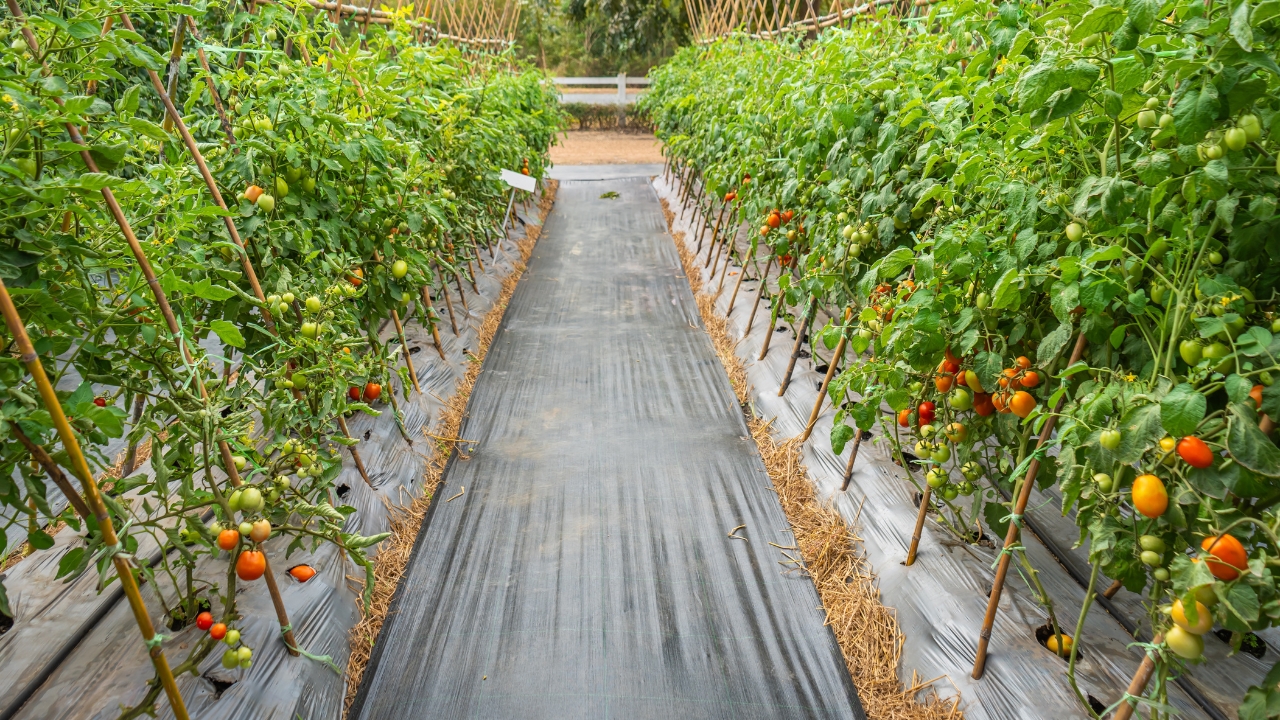
Landscape fabric under walkways, raised beds, or even gravel driveways cuts down on weed pressure for the long haul. It’s not perfect, but it’ll slow things down significantly.
We don’t use it in active garden beds, but for areas that won’t be disturbed much, it makes a big difference. Just anchor it well and cover it with mulch or gravel to keep it protected.
Keep Edges Trimmed

Weeds love creeping in from the edges. Once they get a foothold, they’re harder to stop. Keeping the borders of your beds mowed or trimmed keeps things tidy and manageable.
We use a string trimmer once a week around raised beds, fence lines, and the garden perimeter. It’s quick, but it helps stop weeds before they sneak in and spread.
Use Cover Crops in the Off-Season

An empty bed is a welcome mat for weeds. We plant clover, rye, or buckwheat during the off-season to fill that space and keep weeds out.
Cover crops crowd out unwanted growth and improve the soil when turned under later. It’s a win-win that saves work and builds long-term health in your garden beds.
Don’t Let Them Go to Seed

If a weed starts flowering, pull it immediately. That one plant could drop hundreds of seeds and make next season way worse. The minute you see buds, take action.
Even if you don’t have time to get the whole root out, cutting off the flower head can break the cycle. It’s a quick task that saves you hours of work down the road.
*This article was developed with AI-powered tools and has been carefully reviewed by our editors.

